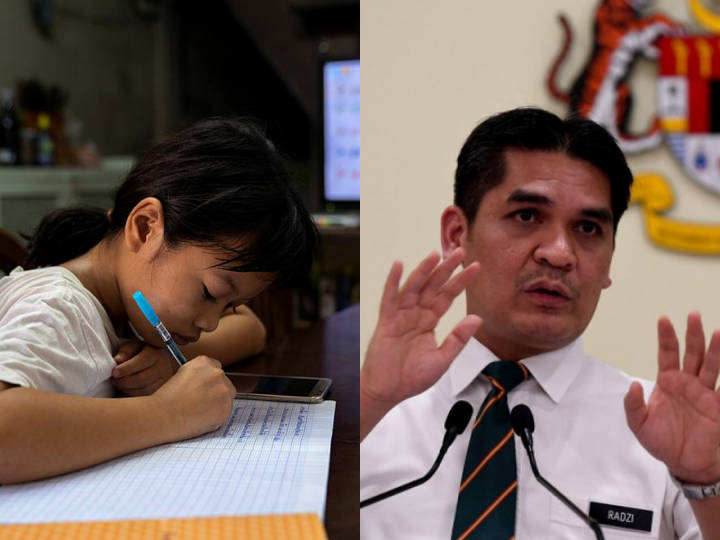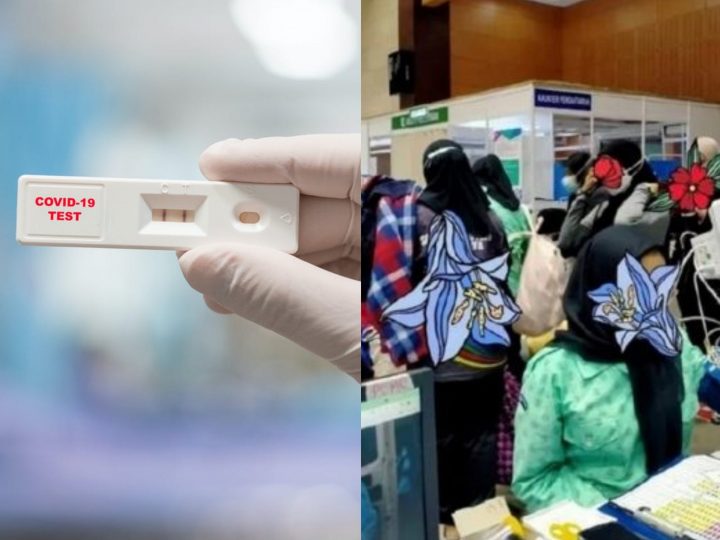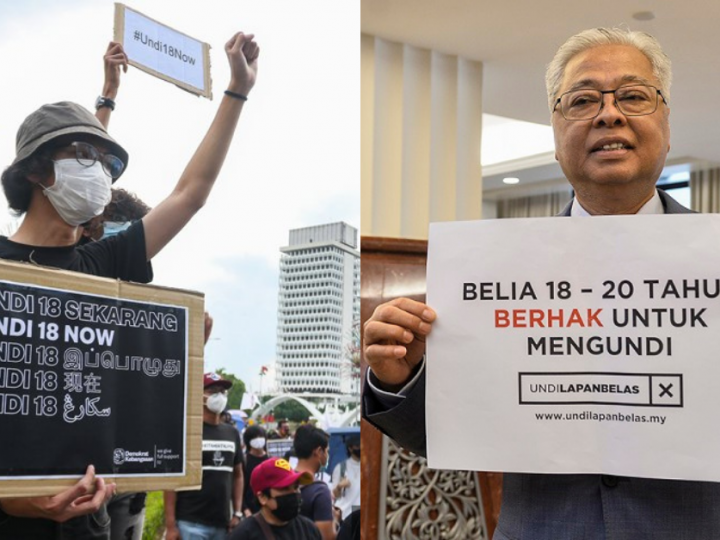Clusters Of COVID-19 Cases Involving Educational Institutions On The Rise
 Thirsty for JUICE content? Quench your cravings on our Instagram, TikTok and WhatsApp
Thirsty for JUICE content? Quench your cravings on our Instagram, TikTok and WhatsApp
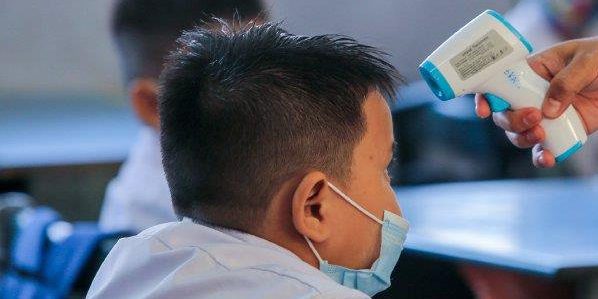
A packed class schedule and assignment list is already tough enough in normal times, but being forced to take most (if not all) of their classes online, while being robbed of a proper campus experience takes a massive toll on a young person’s mental health.
It would not be an understatement to say that students nationwide have been feeling the effects of COVID-19 perhaps more than most.
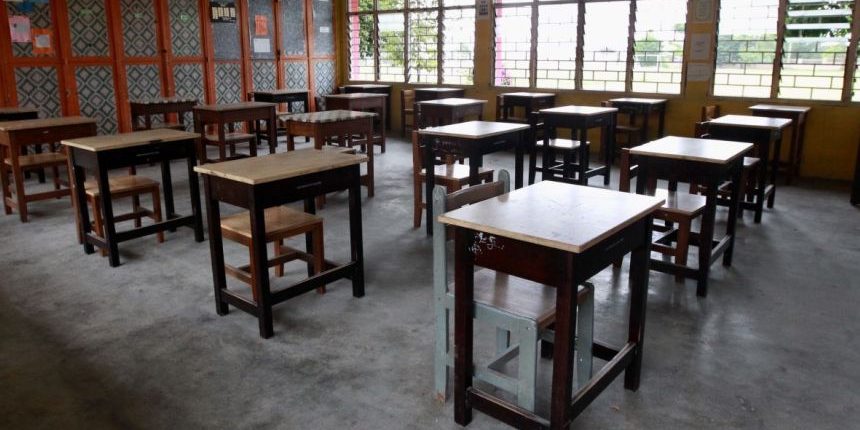
As the saying goes, when it rains it pours, as clusters of new cases involving educational institutions in the past two weeks are now on the rise, reports The Star.
“All categories of clusters showed a downward trend, except for education clusters,” said Health director-general Tan Sri Dr Noor Hisham Abdullah yesterday, 6 December.
It was reported that over the last two weeks, clusters of this kind have increased to a staggering 16 in total, and is widely believed to include the high-profile outbreak at Sekolah Seri Puteri in Cyberjaya.

“Data showed that out of the 16 clusters involving educational institutions, 12 occurred in secondary schools and higher educational institutes,” Dr Noor Hisham continued.
He said that as of 4 December, there are 227 active Covid-19 clusters in the country. Despite making up a small portion of the total clusters, he said that we should remain vigilant.
“The increase in the education cluster again is not something to be viewed lightly. Non-adherence by an individual with existing standard operating procedures will give rise to unwanted clusters.”
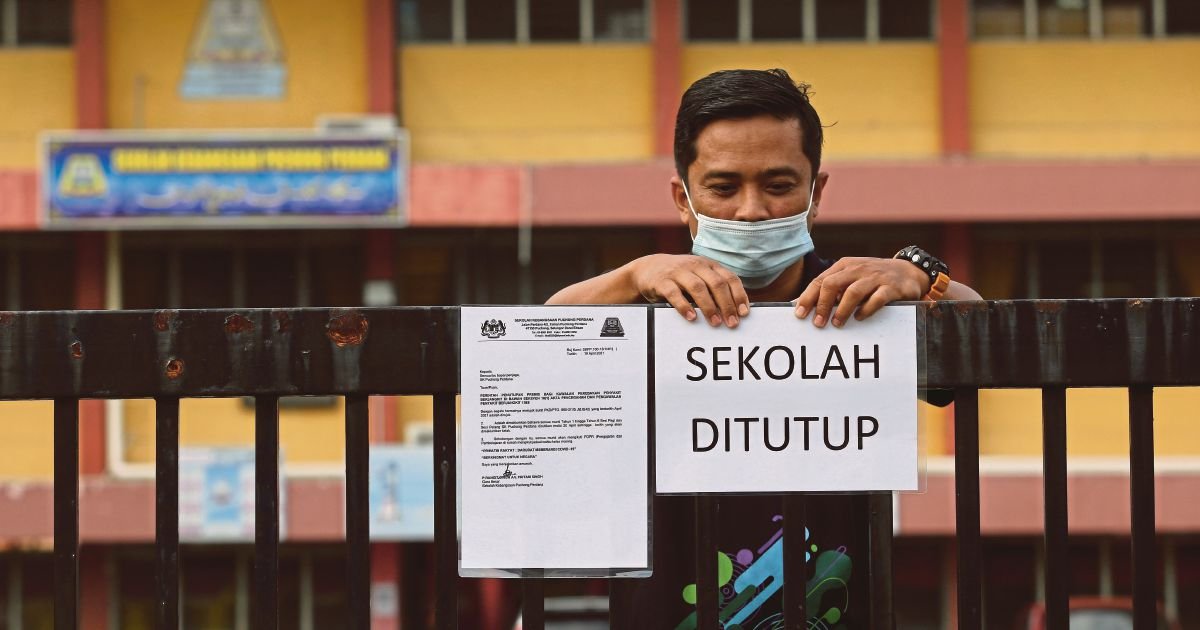
Meanwhile, the total number of cases during the examined period has gone down – from 37,830 to 34,897 cases, and other indicators are showing signs of promise.
“A downward trend in ventilator use started 16 weeks ago, while ICU treatment for Covid-19 has shown consecutive reductions.
“The reduction of both these indicators are in line with the increase in vaccination, which is now at 77.9% (of the total population) for those who have completed their inoculation,” said Dr Noor Hisham.
However, the infectivity rate has gone up slightly, from 0.94 to 0.97 up to 1 December, suggesting that the fight is far from over.


 Get Audio+
Get Audio+ Hot FM
Hot FM Kool 101
Kool 101 Eight FM
Eight FM Fly FM
Fly FM Molek FM
Molek FM